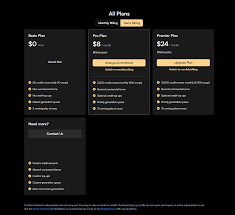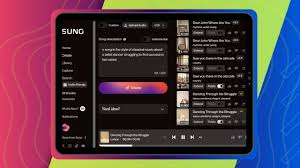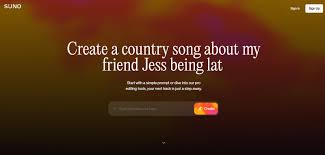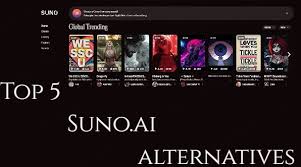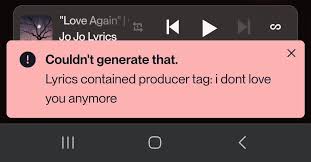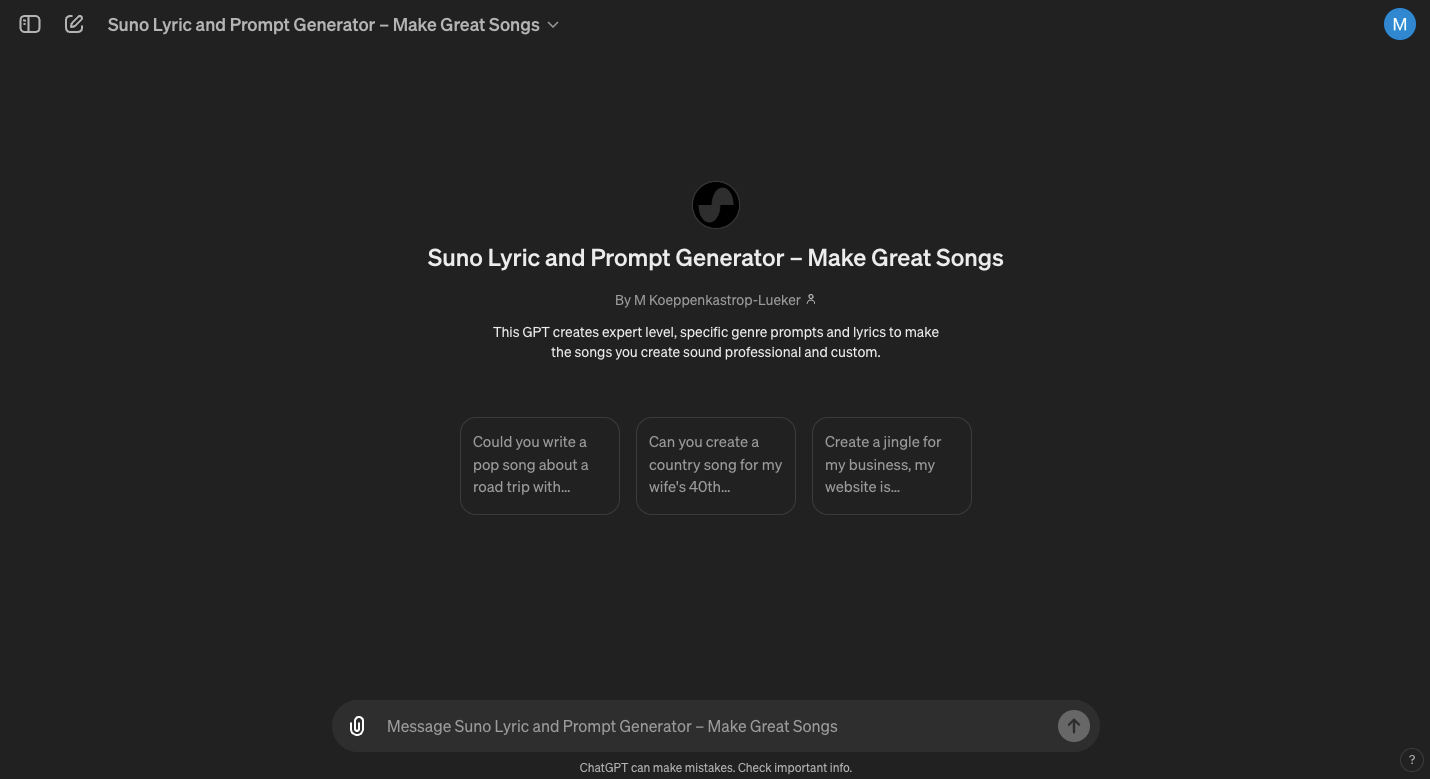Introduction
AI music generation has exploded in popularity, with platforms like Suno AI, Udio, and AIVA making it possible to create studio-quality tracks without expensive equipment or years of training. But for musicians and producers who want to capture the laid-back yet rhythmically complex vibe of reggae, the challenge is clear: how do you craft the right Suno prompt for reggae sample?
Unlike generic pop or EDM, reggae relies heavily on syncopated rhythm, deep bass lines, offbeat guitar strums (often called the “skank”), and signature percussion patterns. If your AI prompt doesn’t reflect these details, you’ll likely end up with something that sounds too generic or closer to ska or pop-rock. This article breaks down how to write effective Suno prompts to generate authentic reggae samples, along with real-world examples and workflow tips to get professional results.
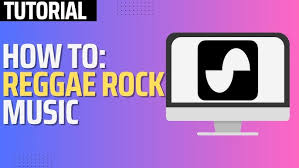
Why Reggae Needs a Specific Suno Prompt
Reggae is more than just a “chill” vibe. A proper reggae sample should contain:
One-Drop Rhythm: The signature drum beat emphasizing the third beat of each bar.
Skank Guitar: Offbeat chord chops on the 2nd and 4th beats.
Bass-Driven Groove: Melodic, rolling bass lines that often carry the song’s identity.
Laid-Back Tempo: Usually between 70–90 BPM, slow but groovy.
Warm Instrumentation: Hammond organs, horns, and reverb-heavy vocals are common.
Suno AI can generate reggae, but the key lies in the details of your prompt. A vague request like “make reggae music” will give you an oversimplified track. Instead, the more descriptive your Suno prompt for reggae sample, the more authentic your results will sound.
Crafting the Perfect Suno Prompt for Reggae Sample
Here’s a breakdown of how to structure prompts effectively:
1. Start with the Genre and Tempo
Example:
“Create a slow roots reggae track at 80 BPM with deep bass and one-drop drum rhythm.”
This sets the rhythmic foundation.
2. Add Instrumentation Details
Example:
“Include offbeat skank guitar, warm Hammond organ, and steady hi-hat percussion.”
This ensures Suno layers in the right instruments.
3. Describe the Bass and Groove
Example:
“Bass line should be melodic and rolling, carrying the groove throughout.”
This emphasizes the reggae tradition of bass-forward tracks.
4. Include Vocals or Style References (Optional)
Example:
“In the style of Bob Marley & The Wailers, mellow vocals with reverb, focusing on themes of peace and unity.”
This steers Suno toward a classic reggae vibe rather than modern dancehall.
Example Suno Prompts for Reggae Samples
Here are three polished prompt examples you can try:
Prompt 1: Roots Reggae Sample
“Roots reggae groove at 78 BPM with one-drop drum pattern, deep melodic bass, offbeat skank guitar, and warm organ chords. Instrumental sample for looping.”
Prompt 2: Dub-Style Reggae Sample
“Dub reggae track with heavy reverb, deep echo effects, rolling bass line, sparse vocals, and minimal guitar chops. Inspired by King Tubby.”
Prompt 3: Modern Reggae-Pop Sample
“Reggae-pop fusion at 90 BPM with upbeat guitar skank, punchy bass, smooth horn section, and catchy vocal hook. Similar to modern reggae artists like SOJA.”
Each of these is tailored for different production needs, and you can tweak adjectives to shift the mood.
Workflow: Turning a Suno Reggae Prompt into a Usable Sample
Generate in Suno: Enter your reggae prompt and generate a 1–2 minute clip.
Export Audio: Save as WAV or MP3 for editing.
Loop and Cut: Use a DAW like Ableton Live, FL Studio, or Logic Pro to cut out 4–8 bar loops.
Layer or Remix: Add your own percussion, vocals, or synths to customize.
Finalize: Mix and master with EQ and compression to fit your track.
Real-World Use Cases
Producers: Build authentic reggae intros or transitions for tracks without hiring session musicians.
DJs: Create unique reggae loops for mashups and live sets.
Filmmakers: Generate background reggae samples for scenes that need a relaxed, island-inspired mood.
Content Creators: Use AI reggae samples for YouTube, TikTok, or podcasts with reggae ambiance.
Tools That Complement Suno for Reggae
While Suno does the heavy lifting, combining it with other tools makes your reggae sample workflow smoother:
Landr: For mastering AI-generated reggae samples.
BandLab: Free online DAW to mix and arrange AI tracks.
Izotope Ozone: Professional mastering suite to polish the sound.
Splice: Add real reggae drum or horn samples to blend with your Suno-generated base.
Challenges in Creating Reggae with AI
Over-Simplification: AI sometimes produces reggae that sounds like generic pop. Detailed prompts fix this.
Lack of Swing: True reggae grooves have a human “swing” feel, which may need manual adjustment in a DAW.
Copyright Concerns: If prompts too closely mimic famous reggae songs, outputs may sound derivative.
The Future of AI-Generated Reggae
Platforms like Suno are evolving rapidly. While today they rely heavily on prompt engineering, we may soon see preset genre packs or AI-arranged lead sheets specifically for reggae. Imagine clicking “Roots Reggae” and instantly generating loop-ready samples with authentic bass, organ, and skank guitar.
For now, mastering the art of the prompt remains the best way to get professional reggae samples from Suno.
Conclusion
So, can you get reggae from Suno? Absolutely. But the key lies in crafting a detailed Suno prompt for reggae sample. By specifying tempo, rhythm, bass, instruments, and even stylistic influences, you can guide the AI toward authentic reggae grooves. Combine Suno’s audio with tools like Ableton or MuseScore, and you’ll have reggae samples that are not only usable but also studio-ready.
AI isn’t replacing reggae musicians anytime soon, but it’s becoming a powerful ally for producers, DJs, and creators looking for quick, customizable samples.
FAQ
Q1: Can Suno generate reggae samples with vocals?
Yes, you can include vocal instructions in your prompt, but results vary. For cleaner instrumental samples, leave vocals out.
Q2: What BPM is best for a Suno reggae prompt?
Traditional reggae usually sits between 70–90 BPM, while reggae-pop may go up to 100 BPM.
Q3: Can I use Suno reggae samples commercially?
Suno allows usage under its licensing terms, but always double-check the platform’s policies before releasing music commercially.
Q4: How do I make Suno-generated reggae sound more authentic?
Add human elements: live percussion, guitar skanks, or horn samples layered with the AI output.
Q5: Is Suno better than other AI tools for reggae?
Suno is currently one of the strongest AI music generators for reggae, though pairing it with DAWs and sample libraries enhances authenticity.
Learn more about AI MUSIC


